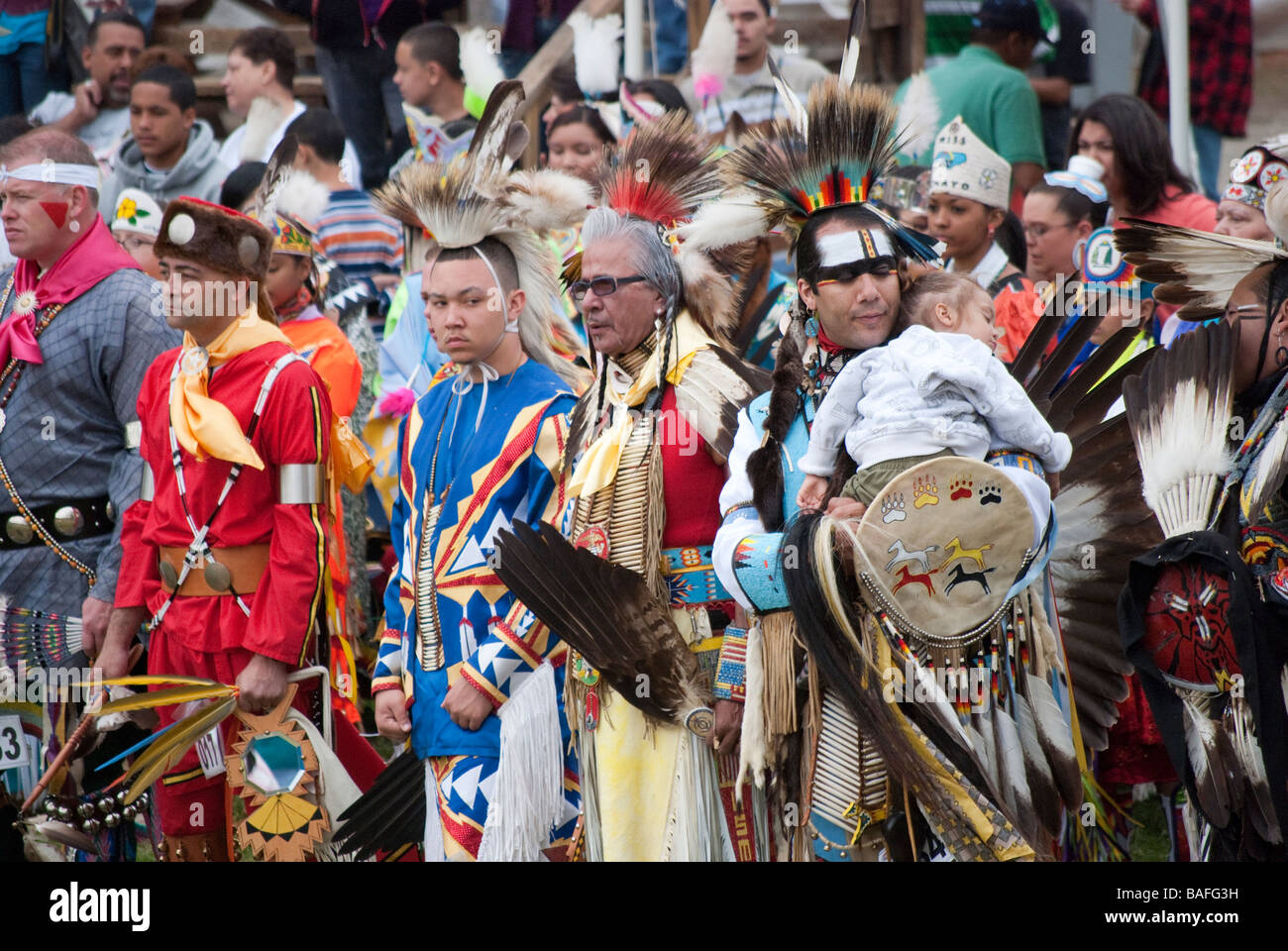
The Enduring Echoes of the Saponi: A Story of Survival and Resurgence
Deep within the verdant heart of the American Southeast, where ancient rivers carve paths through rolling hills, lies the enduring legacy of a people who refused to vanish. For centuries, the Saponi, a Siouan-speaking tribe native to the Piedmont regions of what are now North Carolina and Virginia, navigated the tumultuous currents of colonial expansion, disease, warfare, and cultural suppression. Their story is not one of a lost people, but of a remarkably resilient one, a testament to the power of identity and the unyielding spirit of survival.
Often overlooked in the broader narrative of Native American history, the Saponi and their allied Siouan tribes – including the Occaneechi, Tutelo, and Monacan – once thrived as sophisticated farmers, hunters, and formidable traders. Before European contact, their villages dotted the landscape, connected by intricate trade routes that stretched across the continent. The Occaneechi, in particular, were renowned for their strategic position at the confluence of major trading paths, acting as vital intermediaries between coastal tribes and those further inland. Their societies were complex, governed by chiefs and councils, and deeply rooted in a spiritual connection to the land and its resources.

The Storm of Contact: Disease, Displacement, and War
The arrival of European explorers and settlers in the late 16th and 17th centuries marked the beginning of an era of profound upheaval. While initial interactions often involved trade and curiosity, the consequences for Native populations were devastating. European diseases, against which indigenous peoples had no immunity, swept through communities like wildfire, decimating populations before many even met a white settler. Smallpox, measles, and influenza reduced thriving villages to mere shadows of their former selves.
"The initial wave of European diseases was arguably the greatest single catastrophe for Native American populations," notes Dr. Helen Rountree, a scholar of Virginia Indians. "It weakened them socially, politically, and militarily, making them far more vulnerable to subsequent colonial pressures."
As the colonial frontier expanded, land encroachment became relentless. Settlers moved westward, pushing Native communities off their ancestral territories. The Saponi, caught between the encroaching English from the east and the powerful Iroquois Confederacy from the north, found themselves in an increasingly precarious position.
The early 18th century brought the full brunt of colonial warfare. The Tuscarora War (1711-1715) proved to be a cataclysmic turning point for many Siouan tribes in the region. Though primarily fought between the English and the Tuscarora, the conflict drew in many other Native groups, including the Saponi, who often allied with the English for protection against their traditional enemies, or to secure a strategic advantage in a rapidly changing world. However, these alliances often came at a steep price, leading to further dependency and loss of autonomy.
Fort Christanna: A "School of Civilization" and a Symbol of Control
In the aftermath of the Tuscarora War, the colonial authorities, particularly Virginia’s Governor Alexander Spotswood, sought to establish greater control over the remaining Native populations. His solution was Fort Christanna, built in 1714 on the Meherrin River in what is now Brunswick County, Virginia. This fort was not merely a military outpost; it was envisioned as a "school of civilization," a place where various Siouan tribes – including the Saponi, Tutelo, Occaneechi, and others – would be consolidated, educated in English ways, and converted to Christianity.
The fort served multiple purposes: it was a buffer against other hostile tribes, a source of labor, and an attempt to assimilate Native children into colonial society. Children were taught English, trades, and Christian doctrine, often separated from their families and traditional cultures. While offering some measure of protection and a temporary refuge, Fort Christanna ultimately represented a profound assault on Native identity and self-determination.

Life at Fort Christanna was a complex blend of cultural exchange and suppression. The tribes retained some semblance of their own governance, but they were under constant colonial oversight. As the threat of the Iroquois waned and the cost of maintaining the fort grew, it was eventually abandoned in the 1720s. This left the consolidated tribes once again vulnerable and without a clear path forward.
The "Going to Ground": Survival Through Disappearance
With the closure of Fort Christanna and increasing pressures, many Saponi and their allies embarked on a strategy of survival that would define their history for generations: "going to ground." This meant disappearing from official colonial records, either by merging with other tribes, migrating to new territories, or, most commonly, by assimilating into the broader colonial society, often identifying as white or African American.
Some Saponi groups migrated north, joining the Iroquois Confederacy or finding refuge with other Siouan-speaking communities. Others moved south, integrating with groups like the Catawba. But a significant number remained in their ancestral homelands, particularly in the North Carolina Piedmont, living in scattered communities, often on the fringes of white or African American settlements.
"For many Saponi families, survival meant making strategic choices about identity," explains Dr. Arwin Smallwood, a historian specializing in Native American history. "They might have been listed in a census as ‘mulatto’ or ‘free people of color,’ or even ‘white,’ but within their own families and communities, they knew who they were. They maintained their cultural memory through oral traditions, family names, and specific community practices."
This period, from the late 18th century through the early 20th century, is often referred to as the "long silence" in official records. However, this silence was not an absence of people, but a testament to their resilience. While outwardly conforming to the expectations of the dominant society, Saponi families meticulously preserved their heritage through storytelling, shared knowledge of medicinal plants, specific agricultural practices, and a deep-seated understanding of their ancestral lands.
The Re-emergence and Fight for Recognition
The mid-20th century saw a growing movement among Native American communities across the United States to reclaim their identities and seek official recognition. For the Saponi descendants, this was a painstaking process, requiring extensive genealogical research, historical documentation, and the piecing together of fragmented family histories.
The challenge was immense. How do you prove continuous existence when your ancestors intentionally sought invisibility? How do you demonstrate cultural continuity when your traditions were practiced in secret? Yet, fueled by a powerful sense of heritage and a desire to honor their ancestors, various Saponi-descendant communities began to organize.
In North Carolina, two prominent groups have successfully achieved state recognition:
-
The Haliwa-Saponi Tribe: Located primarily in Halifax and Warren counties, the Haliwa-Saponi are a state-recognized tribe since 1965. Their name is a blend of their ancestral counties (Halifax and Warren) and their historical Saponi identity. They represent a confederation of families who maintained their distinct identity through generations, eventually coalescing to form a visible community. Their annual powwow is a vibrant celebration of their culture, drawing thousands.
-
The Occaneechi Band of the Saponi Nation: Based near Hillsborough in Orange County, the Occaneechi Band achieved state recognition in 2002. They trace their lineage directly to the Occaneechi, one of the primary Saponi-speaking groups documented by early explorers. Their efforts involved extensive research into land deeds, census records, and oral histories to reconstruct their continuous community presence in their ancestral homelands.
"Achieving state recognition was not just about legal status; it was a profound affirmation of who we are," says Chief John Blackfeather Jeffries of the Occaneechi Band of the Saponi Nation. "It’s about our ancestors looking down on us and seeing that their sacrifices were not in vain. It’s about telling the world that we are still here, we never left, and our culture continues to thrive."
Other Saponi-descendant communities exist in North Carolina, Virginia, and even as far west as Ohio (where some Saponi migrated in the 18th century), continuing their own journeys toward recognition and cultural revitalization.
Cultural Revitalization and the Future
Today, the Saponi story is one of vibrant resurgence. Tribal communities are actively engaged in cultural preservation and revitalization efforts:
- Language Initiatives: While the original Saponi dialect is largely lost, efforts are underway to study and potentially revive elements of related Siouan languages, connecting modern generations to the linguistic heritage of their ancestors.
- Traditional Arts and Crafts: Members practice and teach traditional crafts such as basket weaving, pottery, and beadwork, ensuring these skills are passed down.
- Oral Histories and Storytelling: Elders play a crucial role in sharing the stories, legends, and historical knowledge that have been meticulously preserved through generations.
- Powwows and Gatherings: Annual powwows are central to tribal life, bringing communities together for dance, music, feasting, and the celebration of their shared heritage. These events are also vital for educating the public about Saponi history and culture.
- Education: Tribal education programs focus on teaching younger generations about their history, traditions, and the importance of cultural pride.
The journey of the Saponi is far from over. Challenges remain, including the ongoing struggle for federal recognition for some groups, securing land, and overcoming the lingering effects of historical trauma. Yet, the story of the Saponi is a powerful testament to the resilience of indigenous peoples. From their pre-contact sophistication to their strategic "disappearance" for survival, and now to their vibrant re-emergence, the Saponi have demonstrated an extraordinary ability to adapt, endure, and ultimately, to thrive. Their echoes resonate not as ghosts of the past, but as a living, breathing testament to an unbroken spirit.


